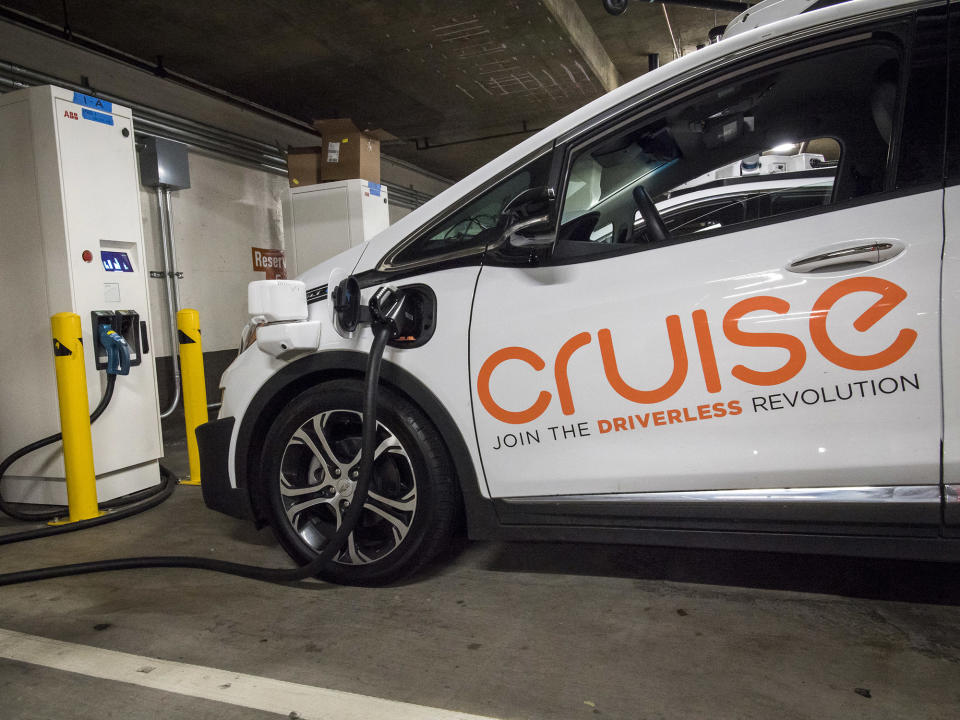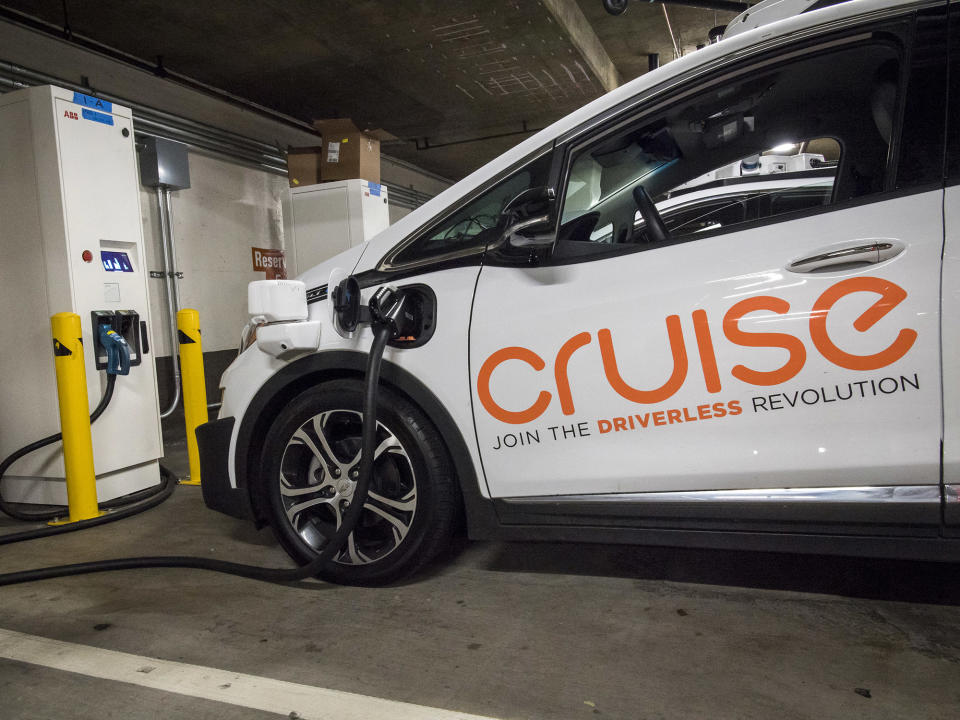Why Honda's Waymo Talks Failed and GM Clinched the Deal
(Bloomberg) -- Honda Motor Co. and Waymo, the self-driving car unit of Alphabet Inc., were nearing a deal to jointly develop autonomous vehicles earlier this year when the Japanese company walked away, according to people familiar with the matter.
Just a few months later, Honda bought into General Motors Co.’s GM Cruise LLC unit instead, choosing a familiar partner over a tech heavyweight. There are any number of reasons to explain why the Waymo deal failed, but the most pressing issues underscore the complexities that technology companies and automakers face as they both team up and also compete for a piece of the future of transportation.
For one, Waymo wasn’t willing to share the substantial technology it had already developed to run autonomous vehicles, and was seeking to cut a deal that would focus on Honda providing the cars, according to two people with knowledge of the matter, who asked not to be named because the talks were private. Essentially, Waymo wanted to be the brains and have Honda be the brawn in the relationship.
“It’s about control of technology and user experience,” said Grayson Brulte, co-founder of autonomy consulting firm Brulte & Co. “You have to assume that Honda wants to maintain a degree of control.”
One person familiar with the talks said that Waymo wanted Honda to supply electric vehicles -- an area where the automaker is just beginning to establish itself. All of Waymo’s existing partnerships supply EVs or plug-in hybrids because its autonomous driving system needs more power than the puny 12-volt batteries in conventional cars.
After starting talks with Honda in late 2016, Honda told Waymo it was working on an EV for the partnership that would compete with Tesla Inc.’s Model 3. But by December of last year, Waymo was concerned about progress toward that goal and Honda went shopping for battery packs to power the vehicle, the person said.
GM Batteries
Meanwhile, Honda had an existing partnership with GM to develop fuel cells. The Detroit automaker has its Chevrolet Bolt EV in showrooms and has developed a battery pack that will be used in 20 new EVs globally by 2023. In June, the companies announced a deal that would have Honda using GM’s cells and battery pack. GM’s battery not only had good range, but by working together the two automakers figured they could lower costs.
Shortly after that, the two started talking about teaming up on autonomous technology, too. GM had demonstrated its self-driving cars last year and drawn a $2.25 billion investment in May from Japan’s SoftBank Group Corp., giving its tech credibility.
Over the past two months, Honda workers went to San Francisco to take a deep dive into GM Cruise’s technology. Its engineers took multiple rides a day for weeks, one of the people said. Honda got to examine Cruise’s code and get a close look at the technology, which is something Waymo doesn’t like to do.
The result: a deal announced this week in which Honda pledged to put $2.75 billion into Cruise in exchange for a 5.7 percent stake, valuing the company at about $14.5 billion.
“This is a great deal for GM and it satisfies Honda’s needs” for a partner on batteries, said Mike Ramsey, an analyst at Gartner Inc. “The other deal falling through isn’t a problem for Waymo.”
Shares of GM have advanced almost 3 percent since the pact was announced, while Honda has declined less than 1 percent.
Honda and Waymo declined to comment on the collapse of their talks. Kyle Vogt, Cruise’s chief executive officer, said in an interview that his company’s deal was the result of “a pre-existing relationship with Honda that goes back and covers many collaborations on new technologies.”
Selling Stake
Waymo likely wouldn’t have sold a stake as GM did with Cruise. Alphabet has other businesses that have sold interests, such as Verily, a health-care technology unit, that got a $800 million investment from Singapore’s Temasek last year. However, Waymo’s partnerships haven’t involved selling equity, with Alphabet retaining full ownership.
Even if Waymo was willing to sell a piece of the company, its valuation would likely be a sticking point in any deal similar to the one Honda struck with Cruise. Morgan Stanley analysts have valued Waymo at well over $100 billion, so even a small investment would be very expensive for an automaker like Honda. Alphabet also has more than $100 billion in cash, so Waymo doesn’t need outside funding.
For Honda, teaming with GM is a way to get into autonomy while sharing the investment. Meanwhile, Cruise gets more cash to push the technology and possible future access to a market like Japan for ride-sharing and delivery services.
Honda and Waymo are still talking about a partnership. Waymo already has a deal with Fiat Chrysler Automobiles NV to turn its Chrysler Pacifica minivans into self-driving vehicles, and an agreement with Tata Motors Ltd.’s Jaguar Land Rover to put the technology into the Jaguar I-Pace electric sport utility vehicle. For the most part, those companies are supplying a total of about 80,000 electric cars to Waymo, which installs its own the software and sensors.
Waymo is in talks with Fiat Chrysler about licensing its technology so the carmaker can sell driverless vehicles to private owners, although that’s a much longer-term goal.
As for Cruise, Vogt said GM is open to other partners, even more carmakers. "This is a space that’s evolving rapidly," he said. "We’ll talk to any partner. "
(Updates with stock performance in 12th paragraph.)
--With assistance from Ma Jie.
To contact the reporters on this story: David Welch in Southfield at dwelch12@bloomberg.net;Alistair Barr in San Francisco at abarr18@bloomberg.net
To contact the editors responsible for this story: Craig Trudell at ctrudell1@bloomberg.net, Kara Wetzel, Anne Reifenberg
©2018 Bloomberg L.P.

 Yahoo Finance
Yahoo Finance 

